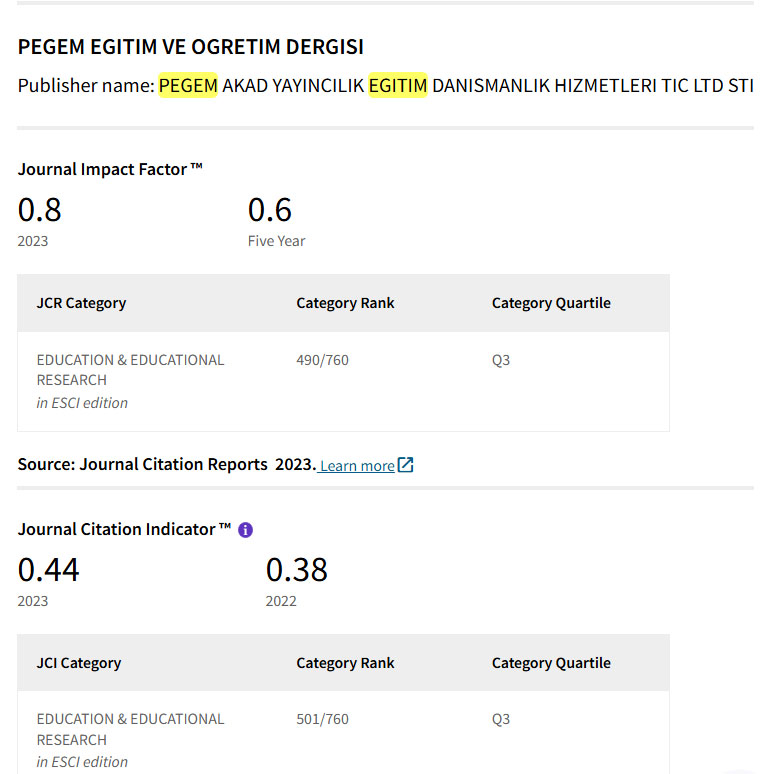Evaluation of Serum Factor H and Anti-Factor H Antibodies in Childhood Hemolytic Uremic Syndrome: A Comprehensive Review
Keywords:
Factor H, Childhood, Hemolytic Uremic SyndromeAbstract
Hemolytic uremic syndrome (HUS) is a leading cause of acute kidney injury (AKI) in children, characterizedby the triad of microangiopathic hemolytic anemia, thrombocytopenia, and renal impairment. While typical HUS is oftenlinked to Shiga toxin–producing Escherichia coli (STEC), atypical HUS (aHUS) results from dysregulation of thealternative complement pathway.
Downloads
References
Noris M, Remuzzi G. Hemolytic uremic syndrome. J Am Soc Nephrol. 2005;16(4):1035-1050.
Tarr PI, Gordon CA, Chandler WL. Shiga-toxin–producing Escherichia coli and haemolytic uraemic syndrome. Lancet. 2005;365(9464):1073-1086.
Downloads
Published
How to Cite
Issue
Section
License

This work is licensed under a Creative Commons Attribution-NonCommercial 4.0 International License.
Attribution — You must give appropriate credit, provide a link to the license, and indicate if changes were made. You may do so in any reasonable manner, but not in any way that suggests the licensor endorses you or your use.
NonCommercial — You may not use the material for commercial purposes.
No additional restrictions — You may not apply legal terms or technological measures that legally restrict others from doing anything the license permits.



